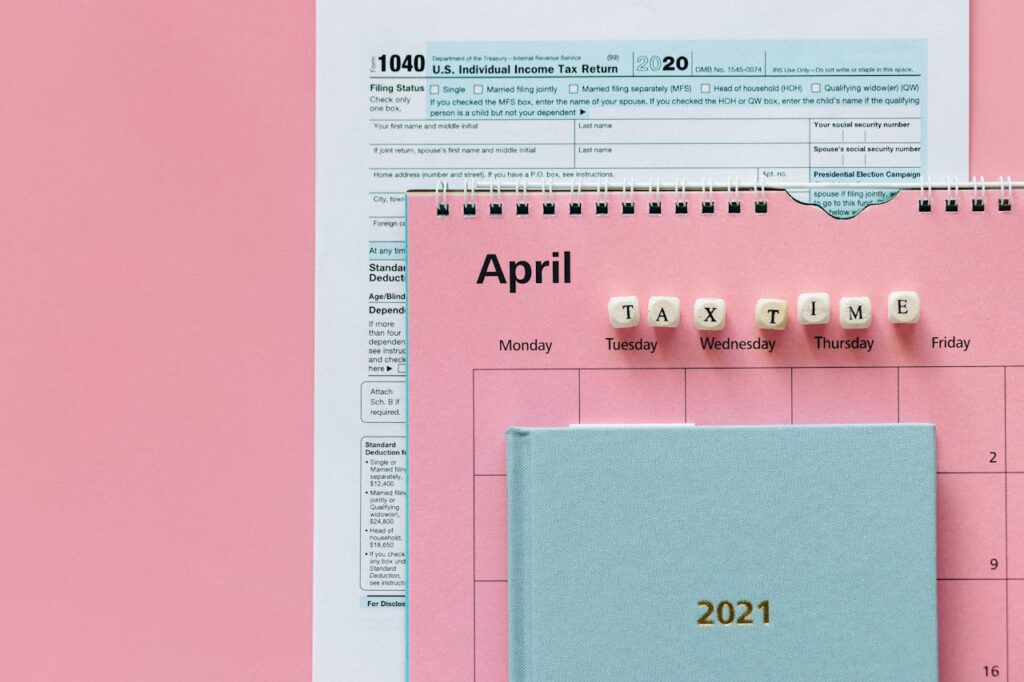End-of-Year Tax Checklist for Small Business Owners and Freelancers
End-of-Year Tax Checklist for Small Business Owners and Freelancers Navigating the labyrinth of tax obligations is a rite of passage for every professional and entrepreneur. However, preparing for this fiscal feat can often feel like entering a race without clear markers. This guide intends to serve as your compass, illuminating the essential steps to take before the year’s close. Whether you’re a self-employed genius or the tireless head honcho of a burgeoning small business, these detailed checklists are your blueprint for tax triumph. Why Tax Planning Matters Now More Than Ever The end of the year isn’t just a time for festivities and reflections; it’s a crucial juncture for shaping your financial landscape for the year ahead. Amidst the annual review, tax planning emerges as a stern taskmaster, one that holds a powerful rod of control and incentives if managed adeptly. With tax laws morphing almost as rapidly as virtual reality gaming, pre-emptive financial adjustments can save you more than just a headache. New Year, New Rules, New Roadmap Understanding the paving of new pathways in tax legislation is akin to reading celestial maps before setting sail. For our primary stars — that’s you, small business owners and freelancers — 2022 has brought about significant shifts. The Paycheck Protection Program (PPP) has generated a constellation of tax implications, while IRS Notice 2020-32 has cast a shadow on expense deductions. The Consolidated Appropriations Act bolsters certain tax credits. Being abreast with these changes should be the first telescope of your fiscal gaze. Deductions and Credits Galore The tax codes are a labyrinthine waltz of deductions and credits, brimming with lesser-known allies that can bolster your defenses against the fiscal foes of self-employment tax and estimated tax payments. From the home office deduction to the acrostic craft of capitalizing on childcare tax credits, we dissect these strategies in a manner that’s informative and actionable. Remember, every penny saved here is a feather in your pre-prepared cap. The Plot Unfolds: Steps Towards Mastery The plot thickens as we chart the course of strategic steps you must take now for a smooth tax sail in the year ahead. From reviewing your current year’s performance to optimizing retirement contributions, and setting aside funds for under-the-radar liabilities, the steps we advocate are deeply ingrained in the narrative of improved financial health and compliance. The Clock is Ticking: Last-Minute Tax To-Dos The final crescendo of tax preparedness echoes a gamut of overlooked tasks that, if tended to now, can prevent the chorus of procrastination from blaring next year. Have you reconciled your books? Reevaluated your filing status? These and other tactical moves, though minor, are the stitches on the seam of a well-prepared tax garment. Armory of Assistance We’ve also scoured the financial hinterlands to equip you with the most potent of tools — tax calculators, software platforms, and professional tax services — designed to ease the burden of fiscal forecasting and form-filing. The right setup can transpose your tax travails into a series of streamlined tasks. The Taxing Tale Ends with Preparedness A saga that’s far from over includes the outputs of your diligent efforts to master the coins and clauses. Crafting your story requires grit and the right guidance. By following the meticulous steps outlined here, we hope this annual task won’t be an odyssey shrouded in mysterious tones of forms and figures but a plain tale of proactive preparation, leading to confidence and control over your financial narrative.






